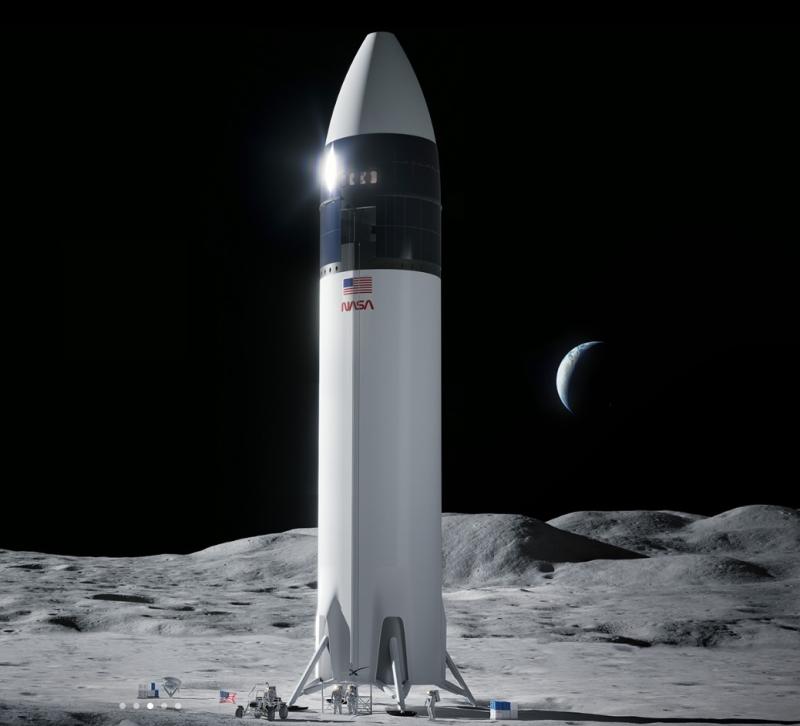SpaceX is targeting a second launch attempt of its massive Starship spacecraft and Super Heavy rocket for as early as Thursday. CEO Elon Musk had blamed Monday's scrubbed initial launch attempt on a frozen valve.
The 62-minute launch window opens at 8:28 a.m. CT April 20 and closes at 9:30 a.m. CT, the company said on its web site.
Musk on Monday tweeted that a pressure valve appeared to be frozen, effectively scrubbing the launch. “Learned a lot today, now offloading propellant, retrying in a few days,” he tweeted later Monday.
Monday’s attempt was the first for the most powerful rocket ever built. It has already undergone years of testing. Starship is behind SpaceX’s founding purpose to send humans to Mars for the first time.
When it occurs, the flight will complete nearly one full lap of Earth, ending with a splashdown near Hawaii after launching from the SpaceX Boca Chica launchpad near Brownsville, Texas. SpaceX provided a live stream of the Monday attempt, available for replay after the mission was scrubbed.
Starship is designed to carry up to 100 people on long-duration, interplanetary flights and will also help enable delivery of satellites and the building of a base on the moon.
The Starship Spacecraft sits atop the Super Heavy Rocket, although the company refers to both as Starship. It is 394 feet tall with a fully reusable payload capacity of up to 150 metric tonnes. The Super Heavy booster is powered by 33 Raptor engines that use sub-cooled liquid methane and liquid oxygen. Super Heavy is fully reusable and is designed to re-enter the Earth’s atmosphere to land back at the launch site. The coming launch attempt will not include a return of either of the two stages to the launch area, however.
The Starship spacecraft alone is 164 feet in height. It is powered by six engines—three Raptors and three Raptor Vacuum engines for use in the vacuum of space.
